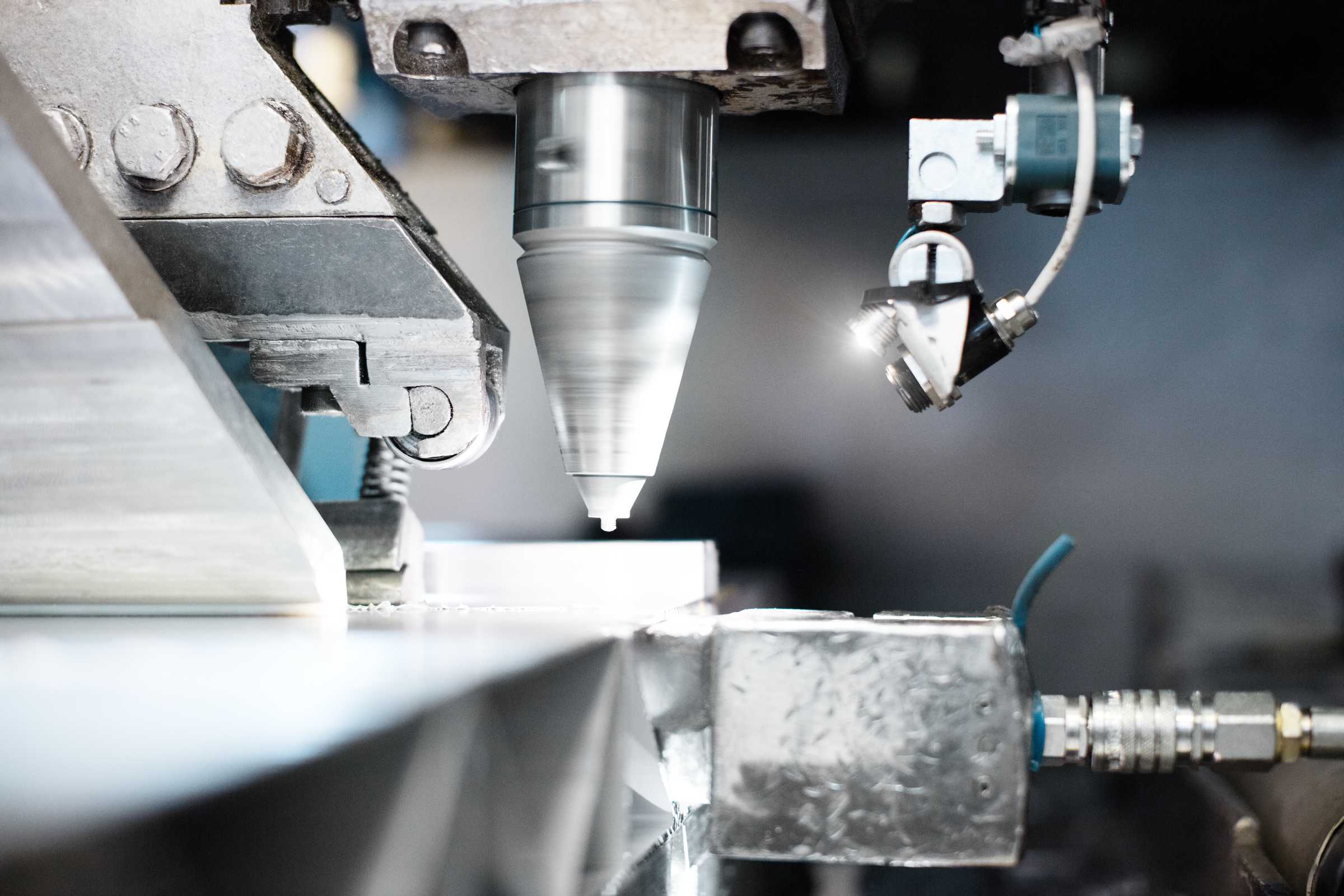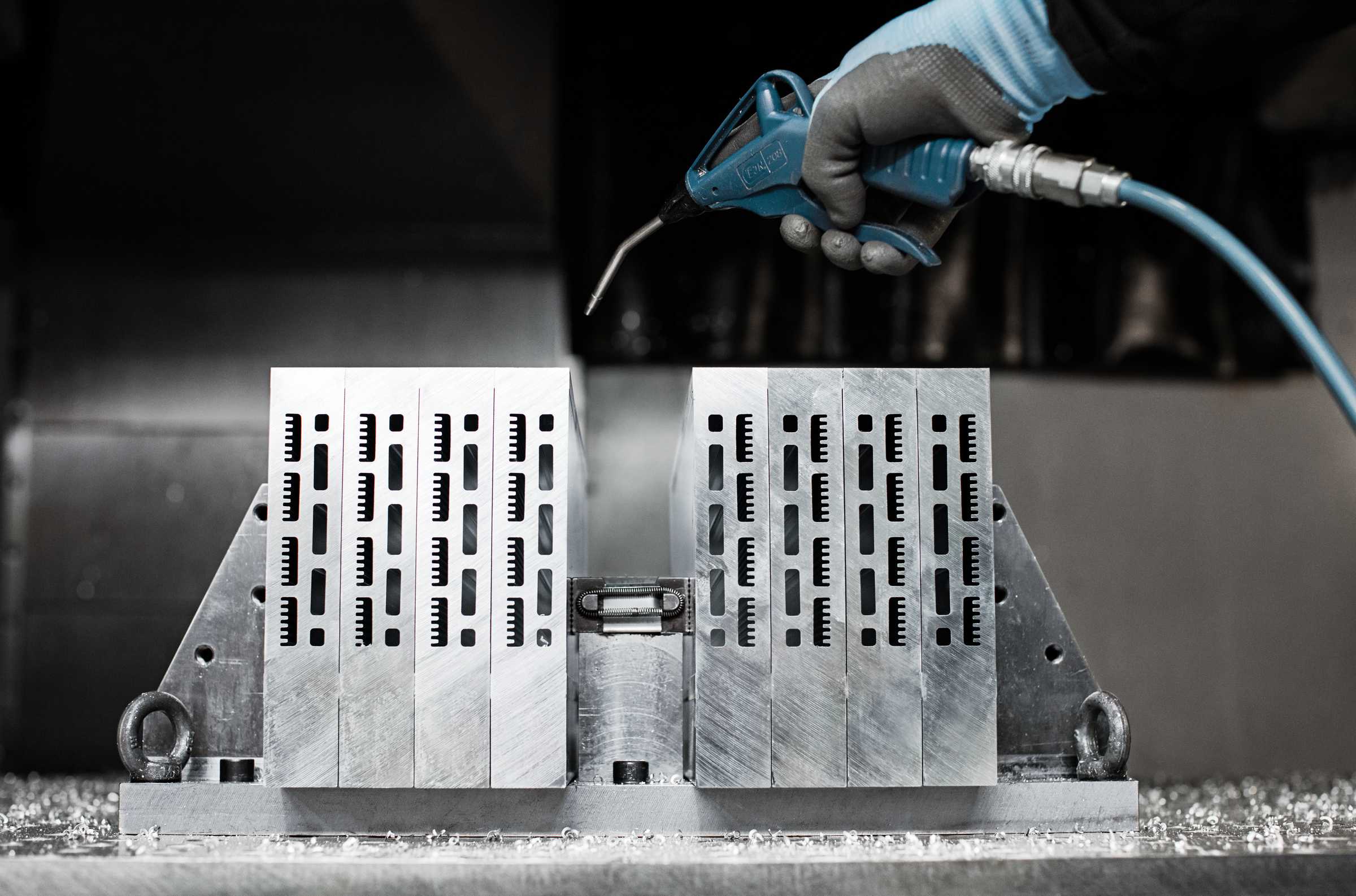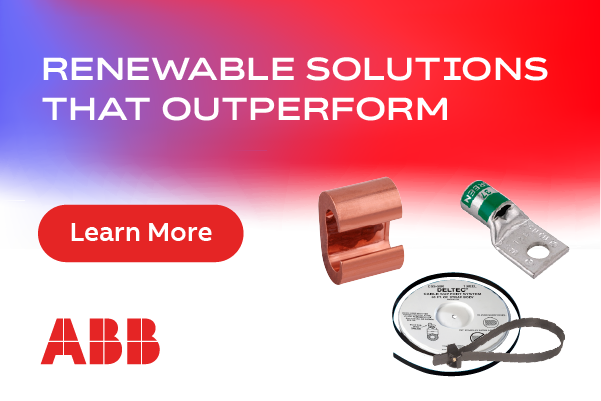Solving Thermal Management Challenges in Electric Vehicles
Solving Thermal Management Challenges in Electric Vehicles
Advantages of using aluminum extrusion
 Aluminum is quickly becoming a material of choice in the search for solutions to reduce weight in passenger and other vehicles. Solving the engineering challenges of creating lighter vehicles has led to a portfolio of material solutions working in concert. Sheet and extruded aluminum have made an important contribution to the cause.
Aluminum is quickly becoming a material of choice in the search for solutions to reduce weight in passenger and other vehicles. Solving the engineering challenges of creating lighter vehicles has led to a portfolio of material solutions working in concert. Sheet and extruded aluminum have made an important contribution to the cause.
In the case of electric vehicles, the choice of extruded aluminum brings additional advantages, given the thermal challenges inherent in these vehicles. Repeated cycling of large amounts of stored energy means significant heat generation must be dissipated. Aluminum's high level of thermal transfer makes it an excellent option for removing heat from the vehicle. Coupled with extrusion's ability to produce complex shapes very efficiently, the extruded aluminum industry is poised to offer highly effective solutions to electric vehicle manufacturers.
Extruded aluminum offers solutions for a range of electric vehicle needs including structural and thermal support of the electric battery pack, electric motor thermal control, thermal management of LED lighting systems, and power electronics systems cooling.
Designing thermal extrusions for automotive cooling
Heat is the enemy of electronics, and a lack of strength in the vehicle part will create unacceptable potential for failure. Extruded aluminum cooling can solve both these problems with a strong, lower-cost solution offering high thermal conductivity. Extrusion is low cost, and extruded aluminum offers a high strength to weight ratio along with aluminum's useful thermal properties. Heat can be moved away from the required areas with a minimum of individual parts involved.
Questions to ask when designing an extruded solution for thermal management in a vehicle include:
- What space is available? How will the solution fit into the required location?
- What geometry will achieve the required thermal transfer? What is the required surface area to accomplish the task?
- What other nearby devices are generating heat? What is the overall thermal load?
This data contributes to the calculations for creating a solution, whether it be a high-fin-ratio heat sink, liquid cooler, or another device such a battery enclosure which achieves both structural support for the battery and thermal management combined.
In all cases, the primary goal should be designing for manufacturability. Creating an extruded aluminum design that can be efficiently produced allows for a 'win-win' solution between the extruder and client. Some of the cost factors considered during the design process include profile type, whether solid (low cost), or complex hollow (high cost). Also important are the circle size (diameter), which defines the extrusion press required for the part, and other extrusion aspects like wall thickness and required tolerance.
Friction Stir Welding of extrusions
A typical extrusion press provides a product 10-12 inches in diameter. In the automotive industry, thermal management needs often exceed that dimension, what is the solution for this? Friction Stir Welding (FSW) was developed in 1991 by the Welding Institute in Cambridge, UK. In essence, FSW aluminum is stirred to just below melting temperature by a rotating probe, which mixes the material together to create a weld with no filler material, and a fully re-crystallized fine-grain micro structure at the nugget area (due to the intense plastic deformation). No filler material is required, and FSW can be a much more automated operation than MIG and TIG welding, which are often done manually.
By using FSW to join shorter widths of extruded aluminum, large-scale assemblies for cooling solutions can be manufactured with a higher degree of efficiency.
Advantages of FSW Include:
- Increased joint strength with high tensile, fatigue, and bend properties;
- Improved sealing with completely leak-free joints;
- Reduced thermal distortion and shrinkage;
- Improved repeatability- FSW is a highly consistent process;
- The ability to join two different alloys or metals;
- No filler material means the parent material conductivity is retained;
- More cost effective process.
Modular heat sinks
An excellent example of FS W for vehicle thermal management is the FSW heat sink, which provides for a very high fin-ratio (up to 40:1), welded with FSW to create a thermally uniform base and fins. Unlike bonded fin heat sinks, which use an extruded or machined base plate with fins bonded manually using thermal epoxy, the FSW heat sink can be up to 8% more thermally efficient than a bonded fin. With proper design, there is no limit to the width of a FSW heat sink. The FSW process can penetrate the base material up to 20mm in depth, producing a very efficient thermal path for the removal of heat.
 Extruded cold plates - liquid cooling
Extruded cold plates - liquid cooling
Another useful electric vehicle application for extrusion and FSW, is an extruded cold plate for liquid cooling. Liquid cooling provides an alternative for vehicles where forced air and natural convection cannot achieve the required cooling. Unlike other solutions, which use copper pipes welded to a base, an extruded aluminum block can be easily machined for channels, and then sealed with FSW to produce an integral solution without separate tubes. This is a highly affordable solution for customers, and can be designed to their specifications for a multitude of cooling solutions. Such a friction stir welded cold plate can withstand up to 90 bar burst pressure, making it an extremely robust option.
In summary, extruded aluminum is making rapid inroads with vehicles, and is especially effective for electric vehicles. The combination of aluminum's good thermal conductivity, coupled with a high weight to strength ratio, provides options for robust vehicle components that also dissipate the heat generated by an electric vehicle. The possibilities for thermal solutions in extruded aluminum are expanding each year, as new technologies increase the efficiency and reduce the cost of extruded aluminum designs.
Steve Jackson is the business development manager for Thermal Management at Sapa Extrusion North America. He holds a B.S. in Mechanical Engineering, Materials Science from WPI, and has worked in the thermal management industry for more than 20 years.
Sapa Extrusion North America | www.sapagroup.com
Volume: 2016 September/October








